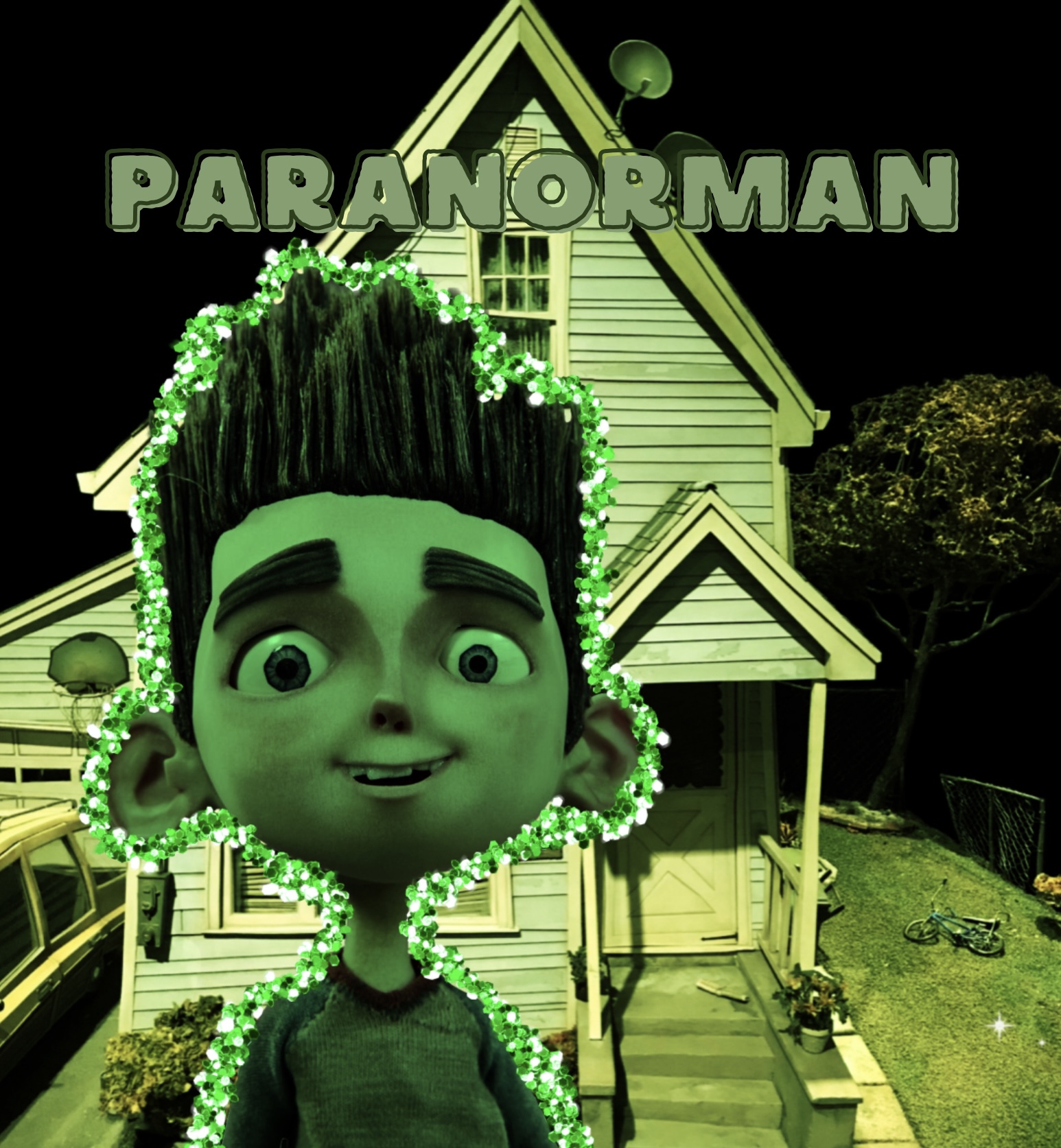Please visit response.fsu.edu for official FSU updates and resources.
Let’s Face It: Paranorman Set The Bar For Laika Studios, And Here’s How

As most children’s Halloween movies go, Paranorman’s plot centers around a witch’scurse on a small town. And, of course, a kind of weird, recluse, pre-teen boy. Norman, ironically, does not have a very normal gift for boys his age. Instead of being a child prodigy or a baseball hotshot, Norman can see the dead. And due to a 200-something-year-old curse that an old witch placed on his town, these ‘dead’ people don’t stay ‘dead’ for very long.
Norman’s recently deceased uncle, Mr. Prenderghast, visits him to inform him that he must perform a ritual with a special book to uncurse the town. Norman ends up disturbing a grave of dead people that turn into vengeful zombies, which causes him to be unable to complete the task. Norman is visited in a dream by another spirit, Aggie Prenderghast, who informs him that she was wrongfully accused of witchery and was killed. He realizes that the zombies he was chased by were in fact the angry townspeople that convicted Aggie of witchcraft. The zombies
own up to their wrongful mistakes, but a town mob divides Norman and his friends from the zombies.
This angers the witch who unleashes her full powers in the town. To put Aggie’s spirit to rest, Norman attempts to return her to her grave but she throws a tantrum. Norman sympathizes with Aggie, understanding her feelings of loneliness and anger towards those who did her wrong. This connection relieves Aggie’s spirit, allowing her to finally be at rest and cross over. The zombies, angry mob, and witch all dissipate along with Aggie, and Norman’s town and life finally return back to normal.
You could say this was a very intense plot for such an anti-climactic ending. And you may be right. However, beyond all the supernatural, Paranorman actually holds a valuable message for younger kids. The Director of the film, Chris Butler, found inspiration for the story through his own experience with horror films. He was inspired to make a film that would mirror the challenges of growing up, especially as someone who feels they don’t belong. Instead of being criticized, Norman is painted as the town hero, using the trait that makes him an outcast to save his hometown. In the end, he is accepted and celebrated by his community, who has changed their point of view.
Laika Studios is known for pushing out stories that follow an outcast character, but unlike Coraline or Frankenweenie, Paranorman follows a plot that arguably sets up this outcast character with a more stupendous hero-like conclusion. Sure, in Coraline, she saves her parents from the ‘other mother’, but what kid wouldn’t? Norman actually had a full hero’s journey, starting as an outcast and ending as a town hero, where he was once shamed for the quality that gave him the power to help them.
Paranorman is not simply an animated film; it is a stop-motion animation feature, one that was actually the first stop-motion film that utilized 3-D printers to give the main character Norman 1.5 million different facial expressions. Compared to Laika Studios’ previous films like Coraline, printers were still valued in the production space. Traditional printers used multi-color to spray onto resin, which would be used for all of the Coraline puppets' replacement faces. Printers were still able to provide Coraline’s character with up to 200,000 expressions. Now, 200,000 tiny expression masks for Coraline is still an impressive number but makes up only 13% of Paranorman and all of his 3D-printed face glory. Another advancement that the 3-D printers brought was color. It was an extremely difficult and time-consuming task for artists to hand paint facial features for Coraline, like her eyebrows, eyes, and freckles. Extreme accuracy was required for them to avoid obvious mistakes in placement. Now Paranorman’s innovative printing process, meaning that this process was incredibly sped up and allowed Laika Studios employees to allot more time to other animating aspects.
Both in storytelling and animation, Paranorman paves the way for further efficiency, technological innovation, and success. Employees and creators of Laika Studios have definitely raised the standards for films to come, and surely there is no reason they would disappoint.
Writer & Artist: Brooke Durney



